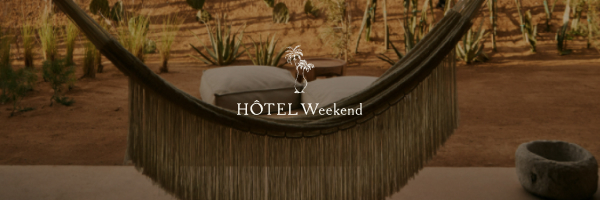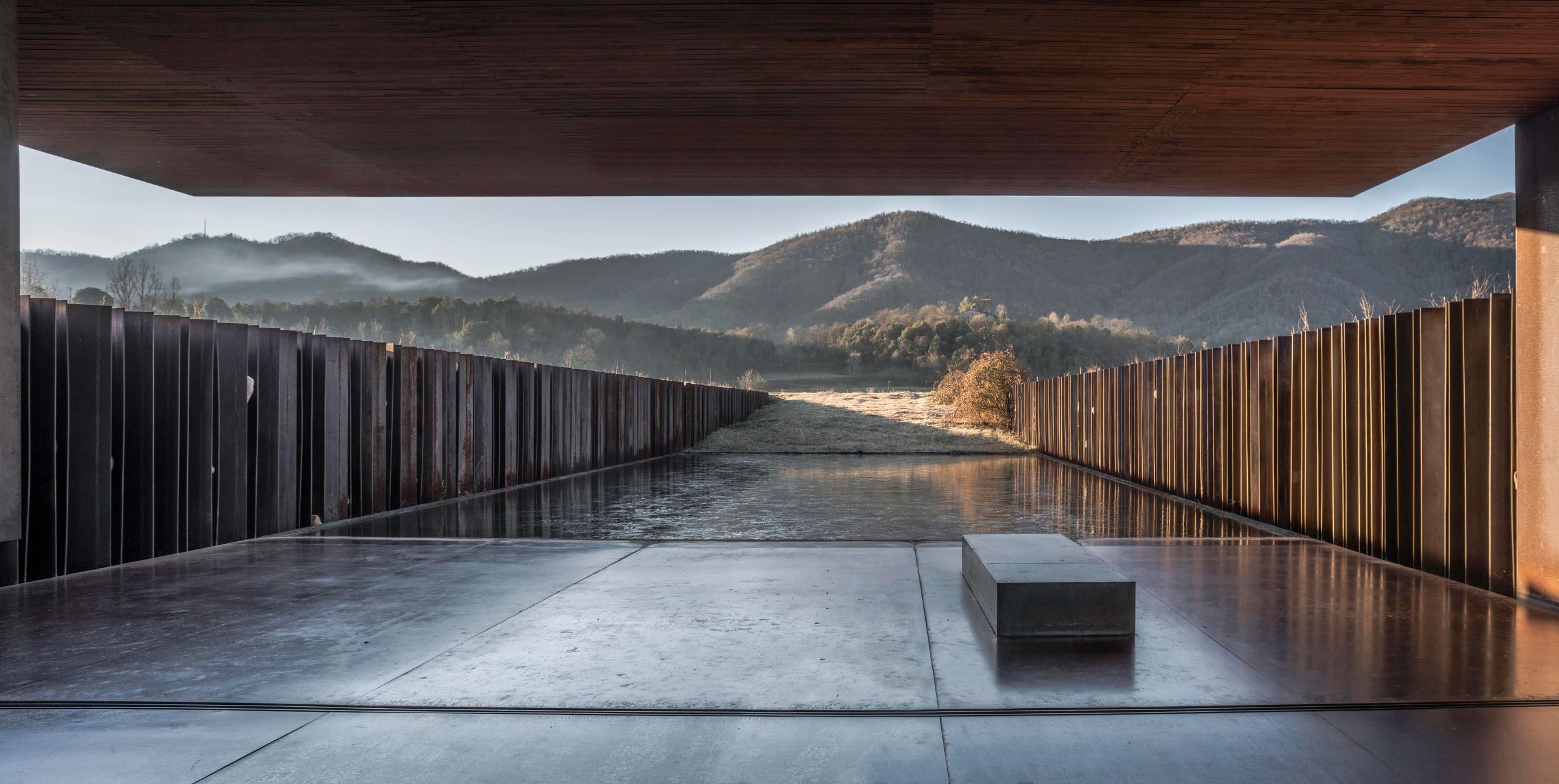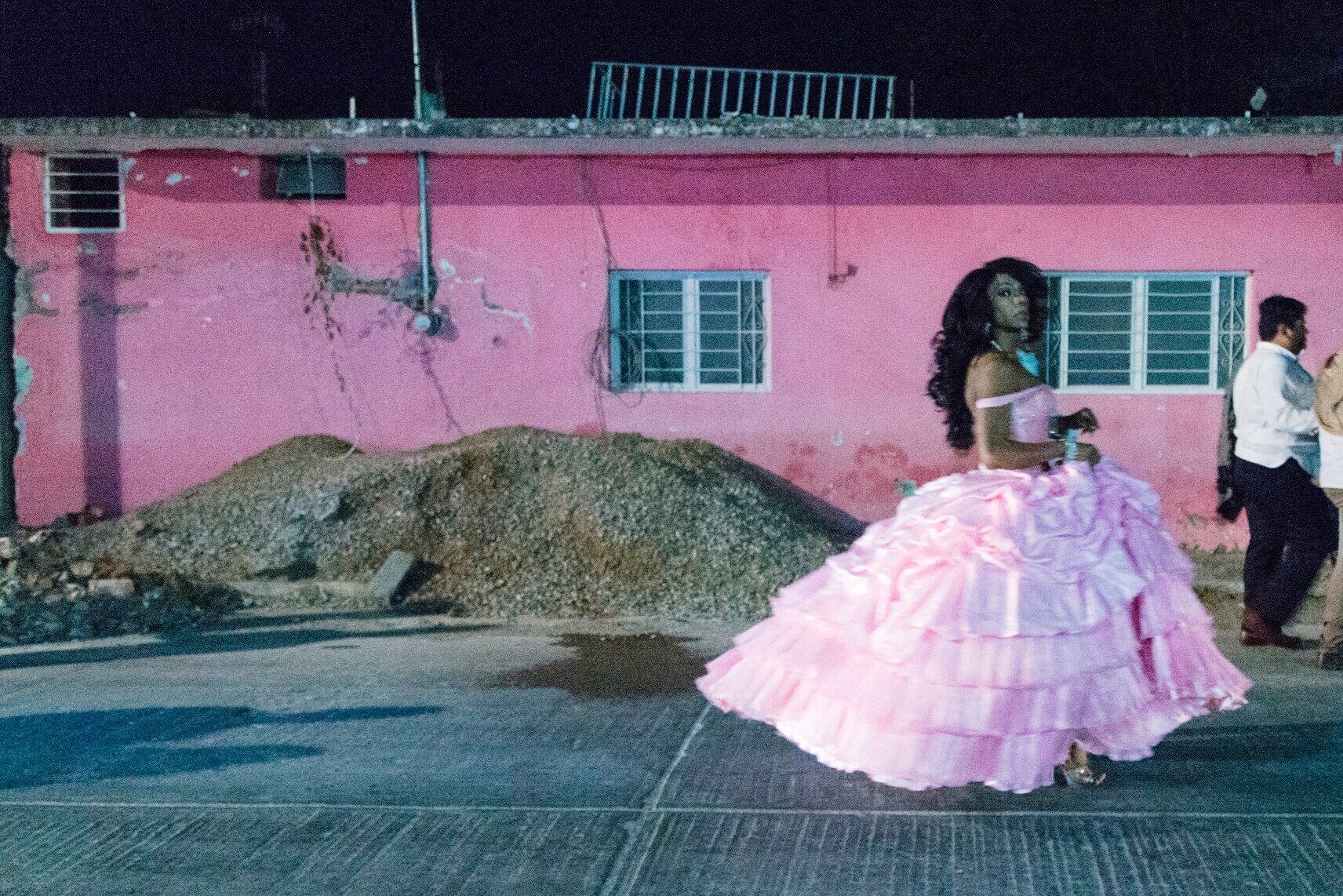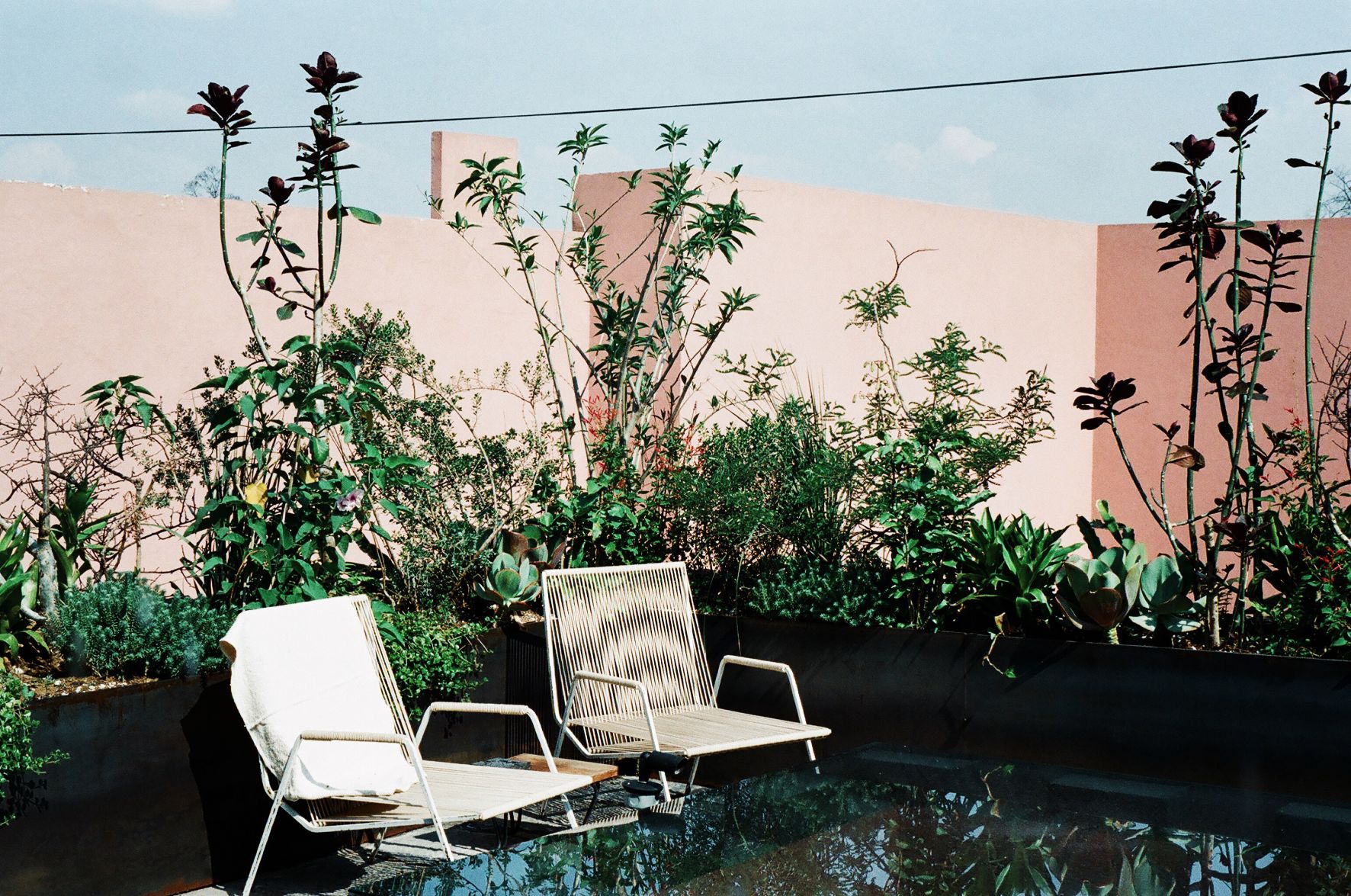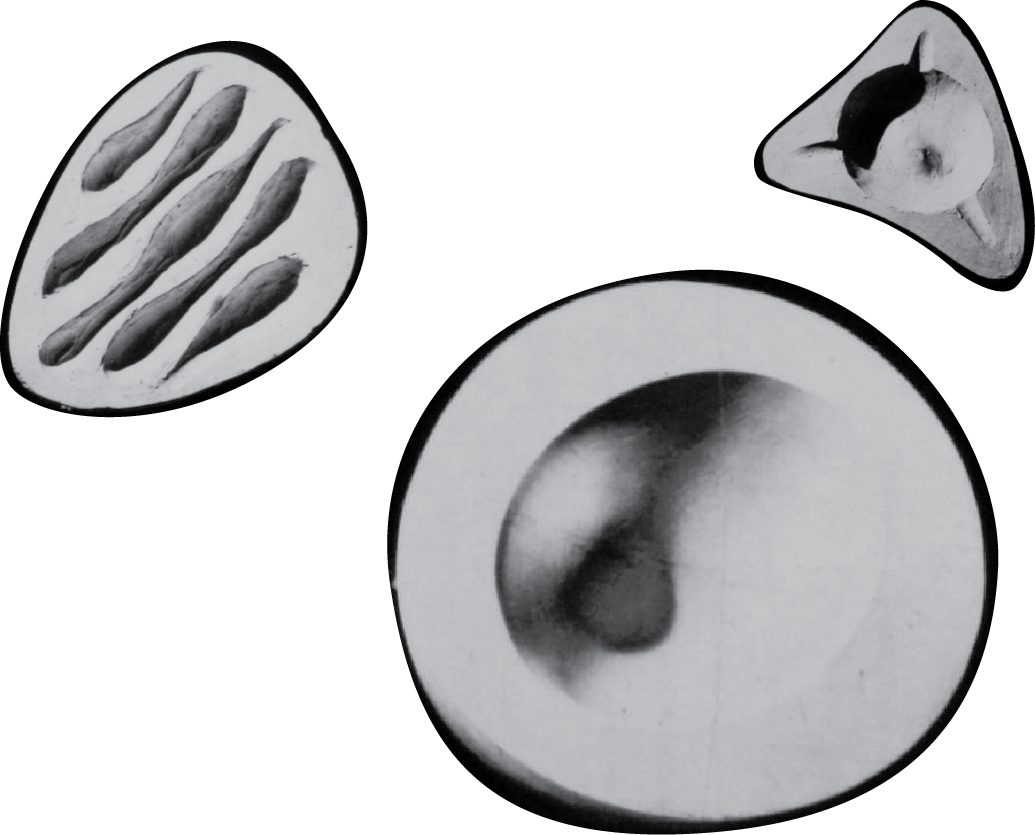A GLIMPSE AT DESIGNER HÉCTOR ESRAWE’S CREATIVE UNIVERSE
Esrawe Studio is a design and architecture studio based in México City represented by Materia Agency.
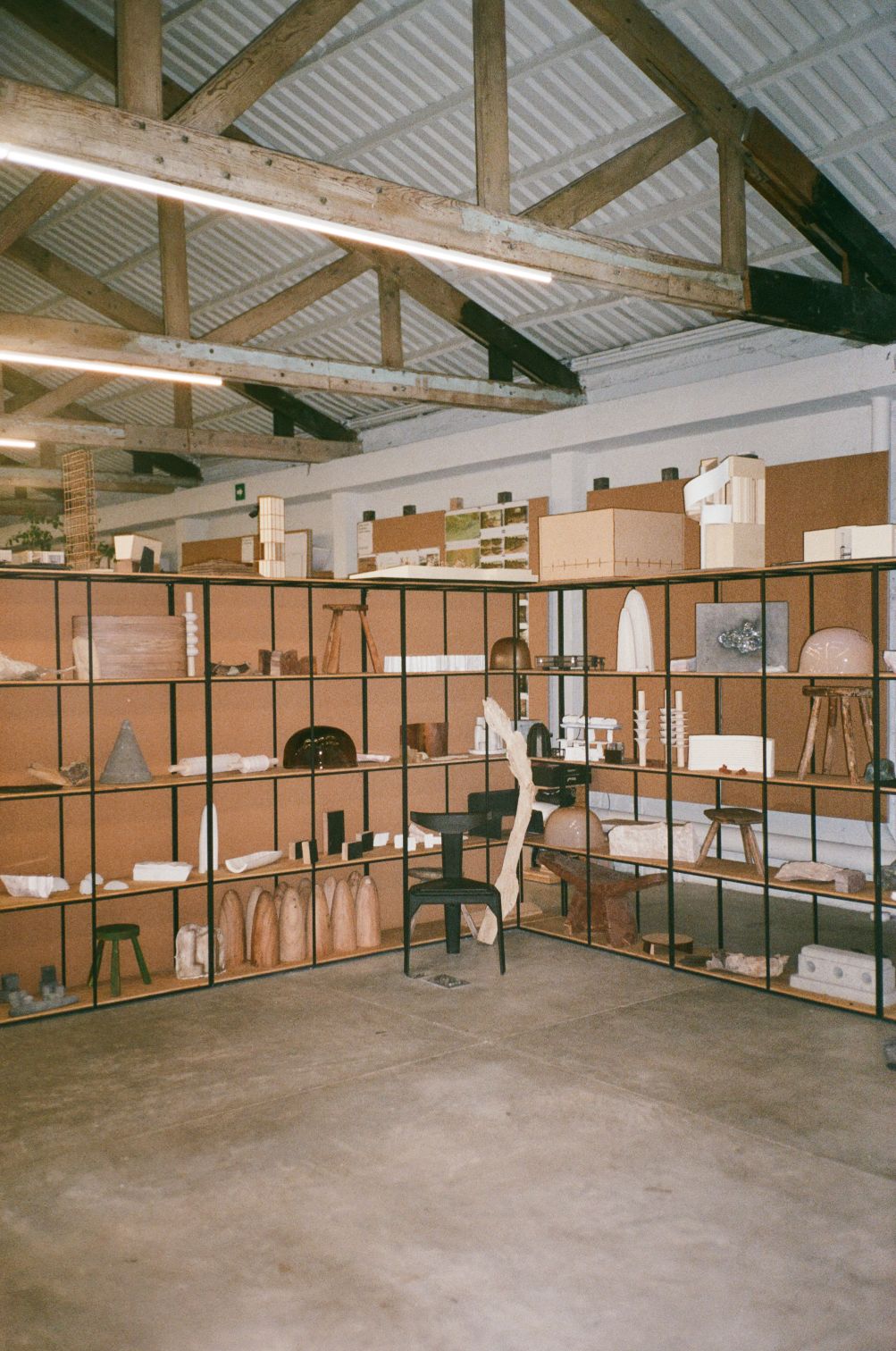
Designer Héctor Esrawe was born and raised in the heart of downtown México City surrounded by colonial buildings, museums, markets and street vendors. This explosion of culture and tradition as well as his mother’s interest in art and design became the main influence for his creative journey. Héctor’s origin story plays out in his design practice in many ways including the integration of his culture’s rich artisanal techniques and craftsmanship, the contextualizing of design as an interaction and relationship humans have with their environments and his dedication to the development of the local design scene. With respect to the latter, Esrawe spent time developing an understanding of academia when he served on the faculty of his alma mater, the University of Iberoamericana and Centro, an independent school specializing in creative professions. At Centro, Esrawe developed the Furniture and Product Design degree—paving a formal education and career path for future generations of Mexican industrial design.
Today, Esrawe is rightfully revered as México’s ‘renaissance man’. He is at the helm of Esrawe Studio, a multidisciplinary design studio that develops furniture, interior design and architectural solutions for hospitality, cultural and residential projects. The Studio takes up residence in what was a 1950s dance hall in the vibrant neighborhood of Roma Norte. Esrawe Studio is also home to the showroom for EWE, co-founded by Esrawe, curator Age Salajõe and designer Manu Bañó. EWE is a practice devoted to the preservation and advancement of Mexico’s rich artisan heritage, reviving techniques and materials indigenous to México while embracing new mediums that produce limited-edition sculptural and functional objects. EWE’s latest collection ALTAR is a series using raw materials inspired by the flat-surfaced pieces used in pre-hispanic rituals and ceremonies, namely in sacrifices or offerings to the gods.
In his mission to promote Mexican design, Héctor is also a co-founder of MASA and VISSIO. MASA Galeria walks the blurry line between art, design, collectible and experimental design. The project showcased its fourth exhibition at México City Art Week 2021. This innovative cross-discipline alternative to the brick and mortar gallery, is a true collaboration by a collective of creatives including Héctor Esrawe, Age Salajõe, Brian Thoreen, Isaac Bissu and Roberto Diaz. For VISSIO, Héctor collaborates with artist Brian Thoreen and industrial designer Emiliano Godoy to design and produce unique and limited-edition hand-blown glass works grounded in the 25 year mastery of Nouvel, a pioneer in the production of blown glass.
Héctor’s industrial design background and respect for conscious business practices is seen in his collaboration as a founding partner of the perfumery brand Xinú and Casa del Agua alongside Nacho Cadena. Xinú nurtures the relationship between the creative disciplines of design, art and nature. Esrawe designed the collectable bottle that houses five distinct scents using botanical ingredients from species endemic to the Americas. The narrative of preserving endemic species extends to the impressive Xinú store design—that now spans over four locations across the Mexican Republic—where the client learns about and interacts with seeds, flowers and textures that make up each scent. Finally, Casa del Agua collects rainwater and filters it into alkaline bottled water located in the heart of México City where fresh drinkable water is a scarce resource.
MATERIA caught up with Héctor Esrawe at his Roma Norte studio and followed him to the Polanco showroom and Xinú experience to capture just a glimpse of his creative universe. During our visit, Héctor shared his thoughts on the self-actualizing Mexican creative scene, his personal rituals and the art of collaboration.
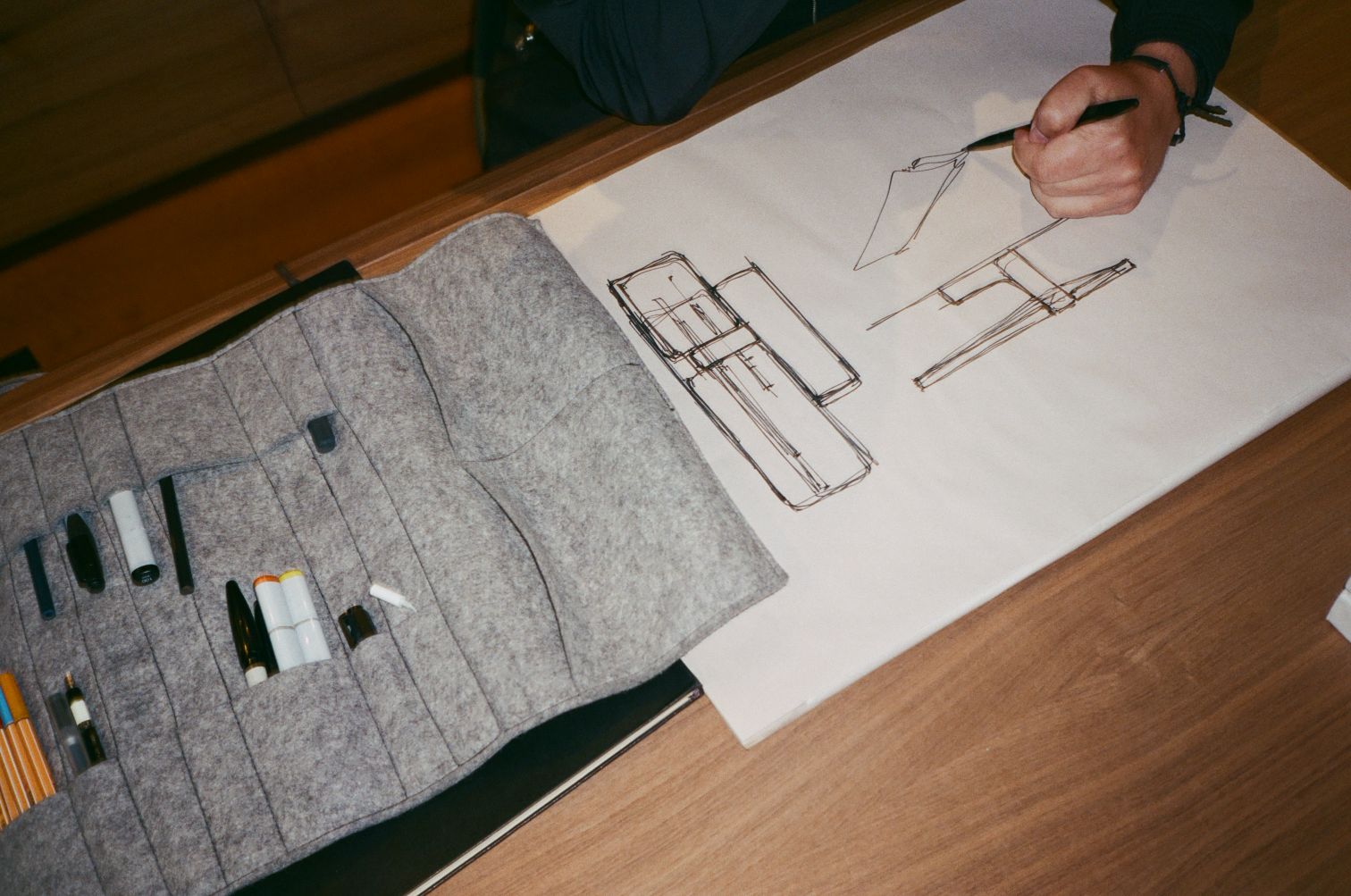
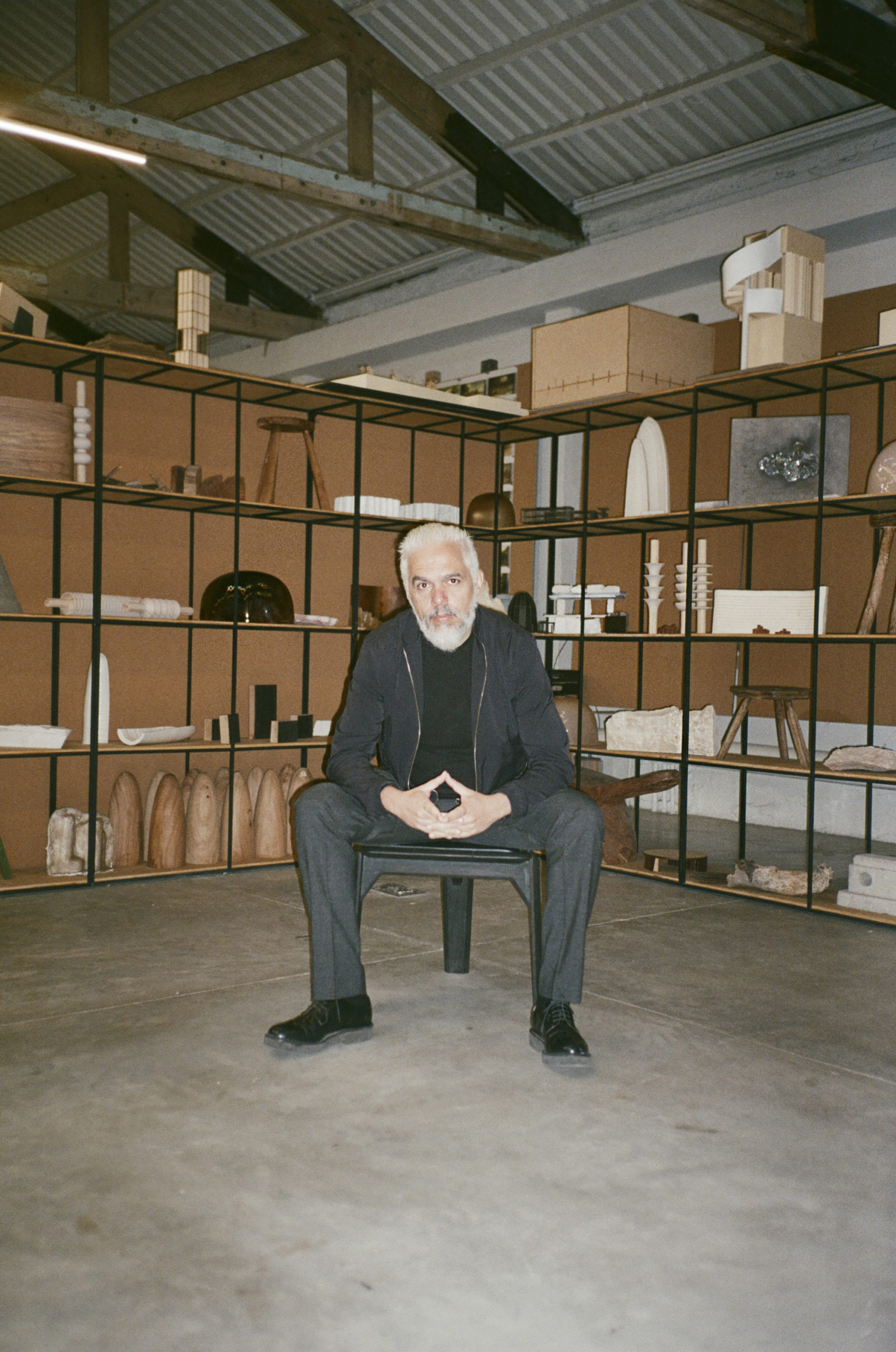
MATERIA: Describe what you believe are some of the fundamentals of Mexican design and how the culture reveals itself in architecture, art and design.
HÉCTOR ESRAWE: Mostly it is a close relation with who we are as a culture. The Mexican creative scene started to grow as soon as we understood and took pride with where we came from, when we fully embraced our culture—a culture that has narrative, history and traditions and many skills that were dormant, that are now awakened. It is incredible to see that the culinary scene, the art scene, architecture and design all became relevant worldwide in a period that only spans the last 12 to 15 years.
MATERIA: Tell us about the art of collaboration and how that enables you to be involved in so much at once?
HE: I understood the power of collaborations around twelve years ago. I also understood that although it appears to be a product of multiple efforts, it is possible to have multiple projects under a single direction, like growing multiple arms. It is about understanding the right alliances with the right partners or collaborators. It’s about sharing knowledge and a philosophy with people who I respect and admire. We share the same goals and a vision.
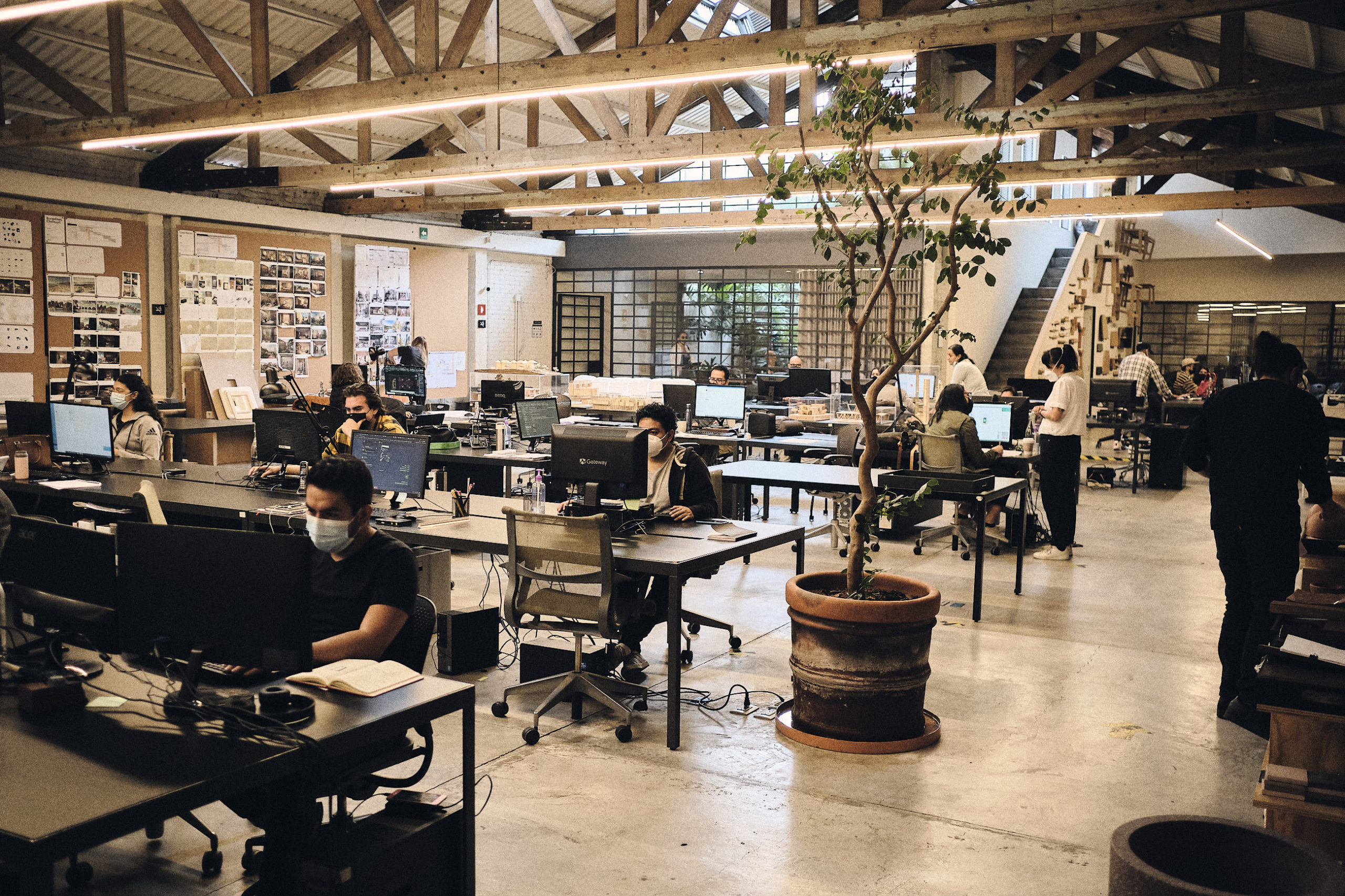
ESRAWE STUDIO WAS CONVERTED FROM A 1950’S DANCEHALL IN ROMA NORTE, MÉXICO CITY.
“Design needs to be contextualized. This context is defined naturally by geography, culture and habits, but mostly by the relationship between the individuals and their own context—their connections, interactions and perceptions of it and those elements. If they are understood correctly and integrated properly into a design solution, they become physical and emotional.”
-HÉCTOR ESRAWE
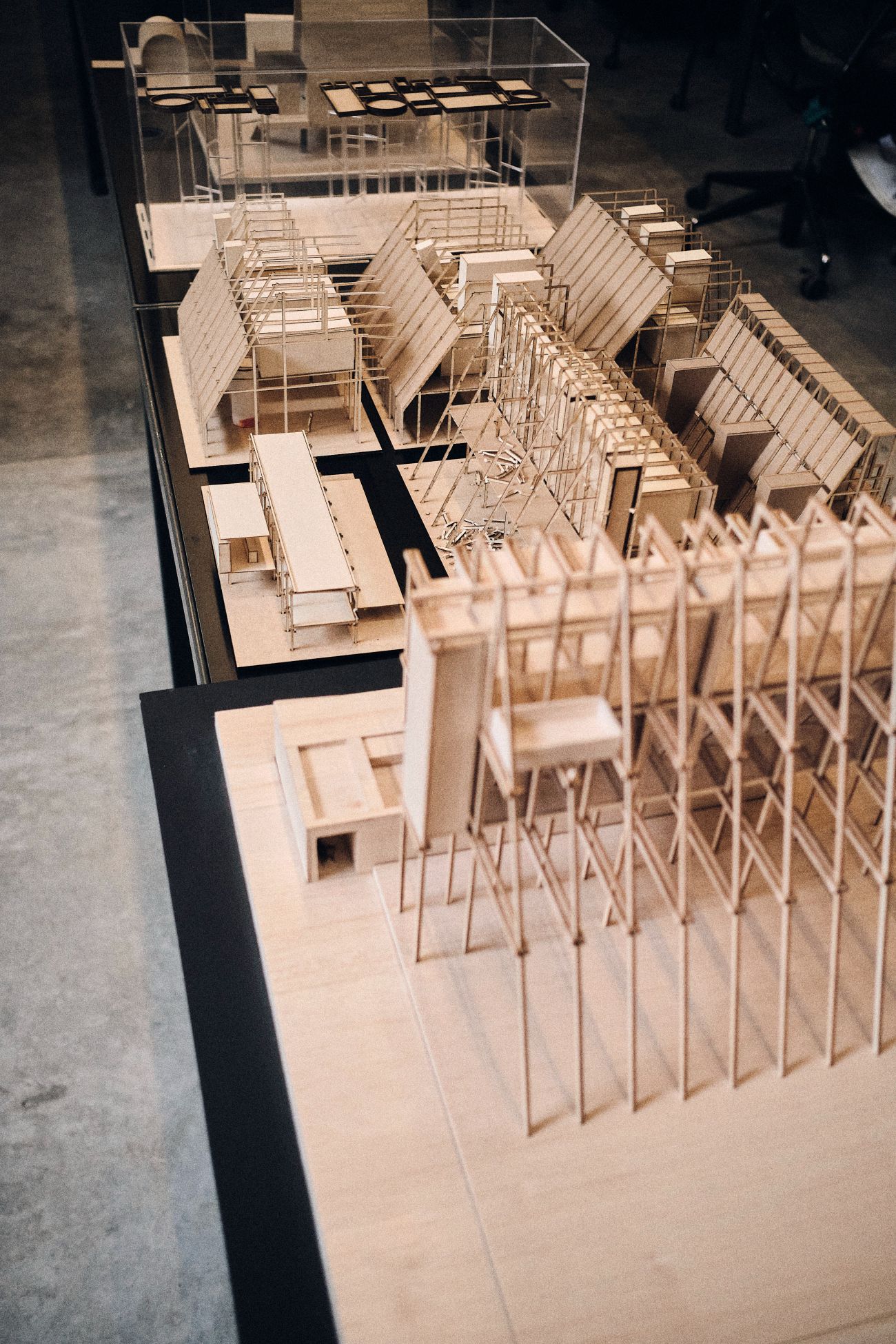
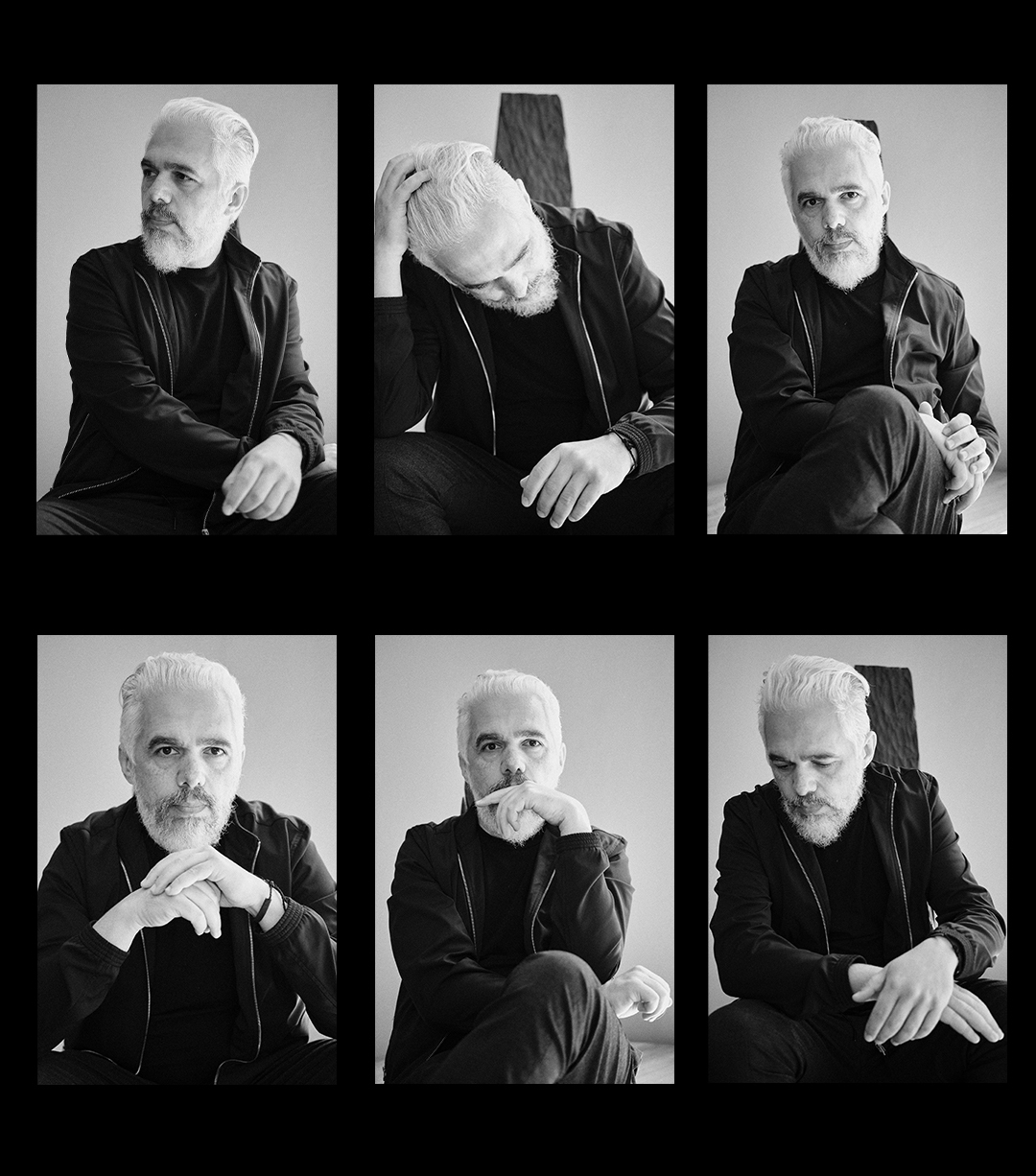
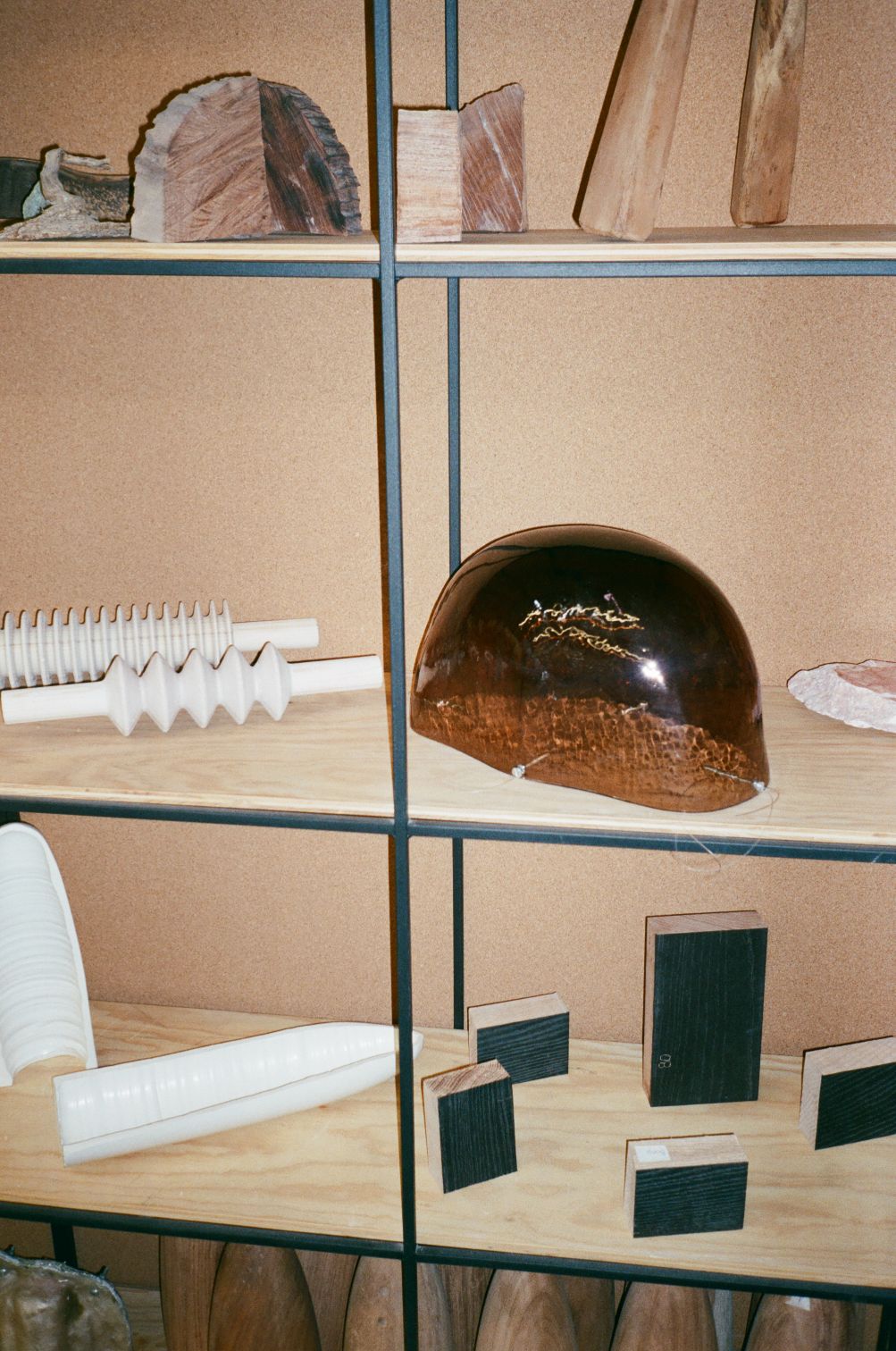
MATERIA: It’s clear that you take into account both the physical and emotional needs of an individual in your designs. Please share how you understand the relationship between emotion and art in your design practice.
HE: Design needs to be contextualized. This context is defined naturally by geography, culture and habits, but mostly by the relationship between the individuals and their own context—their connections, interactions and perceptions of it and those elements. If they are understood correctly and integrated properly into a design solution, they become physical and emotional.
MATERIA: We believe daily rituals are very important in how we show up in our lives. What are some of your daily rituals that fuel you as a creative person?
HE: I have a coffee every morning before any other activity. But, mostly I create a weekly agenda starting every Monday. I integrate almost all my work activities and plans for the week including personal activities with friends or family—my yoga or box lessons. I for sure leave some space for improvisation, but for me to have a clear understanding of my week helps me to be focused. I also like to browse twitter to see relevant events as well as the news outlets that I subscribe to.
MATERIA: OCD is a favorite piece from your limited edition collection. It is a table made of the raw shapes of the objects that are used on a daily basis, which describes the habits and preferences of each user, and eventually becomes a reflection of his or her own identity. If OCD was made specifically for you, what are the objects you use on a daily basis that would appear on your table?
HE: I’m a hoarder and I carry many different objects. I naturally carry my sketchbooks and pencils, earphones, reading glasses, wallet, cell phone and laptop. Many times I have small samples of materials that I collect and bring home—it can be small pieces of stone or wood.
MATERIA: For anyone interested in collectable design, how do you suggest they start as a collector?
HE: Most of the collections start with an emotional relation rather than a rational one. But the purpose for sure is to always understand the value of collectible design.
MATERIA: You often work with local artisans in México. What are some of the lessons you have learned from the relationship between designer and maker?
HE: My most relevant lesson which became a philosophy is that any approach needs to be horizontal—always with a mutual understanding and respect. Through that, I have learned that the final result is always better if it works both ways.
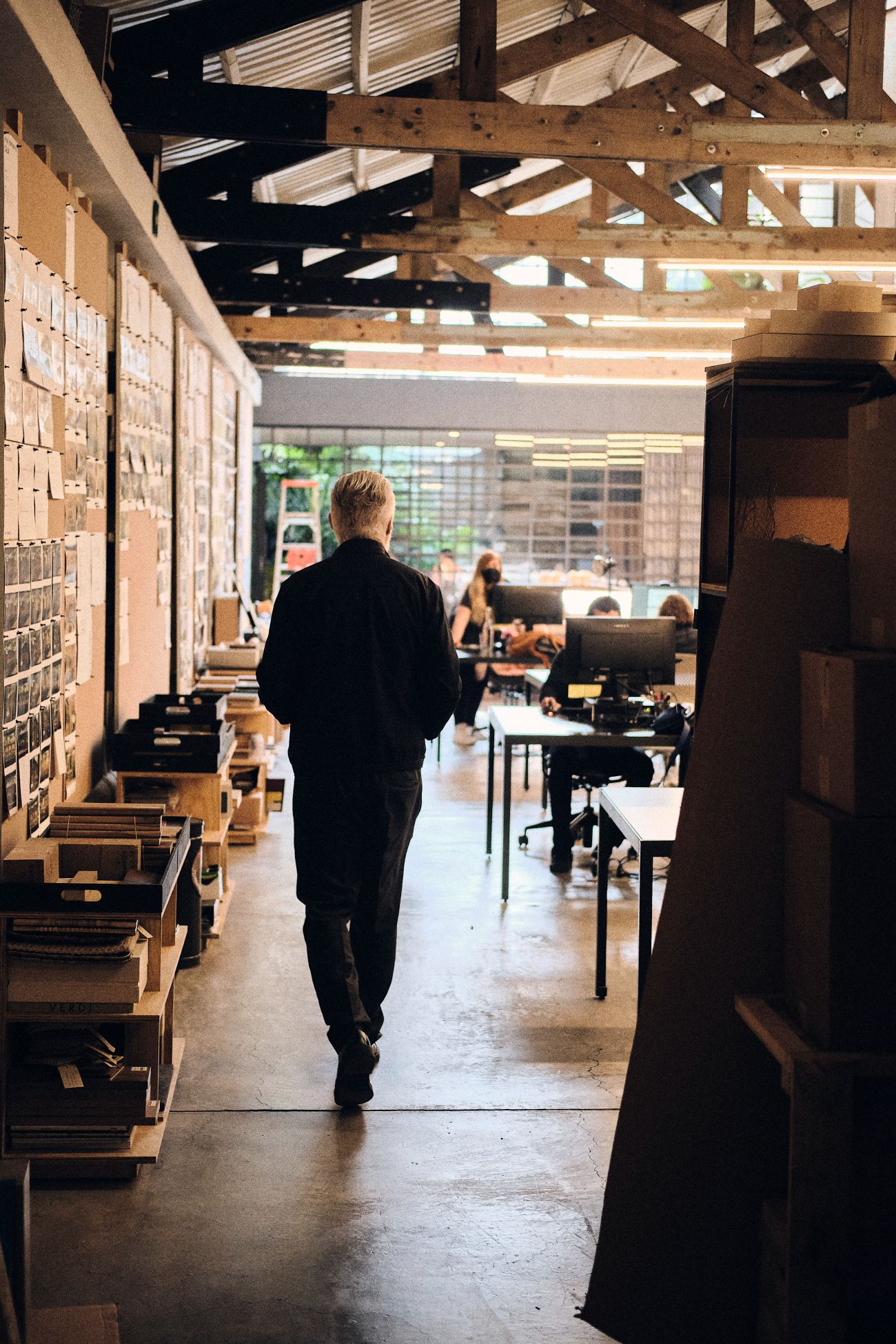
MATERIA: You work with your lovely partner in life and business, Age Salajõe—a very talented curator and creative director, also your partner in MASA gallery. What’s your advice for working with your significant other? How do you two find balance in your personal and work life?
HE: We have a connection in many aspects, but we don’t coincide in many others. That balance has created a mutual understanding and respect because none of us hear what they want to, but hears what needs to be said. We collaborate through a dialogue where we establish our balance and mutual agreement.
MATERIA: Can you share what you are working on at the moment that’s exciting you? What can we expect next coming out of Esrawe’s universe?
HE: I’m working on our first prefab wood building for a hotel in Tulum. I’m also about to officially launch my limited editions as HÉCTOR ESRAWE and separate it from my brand ESRAWE.
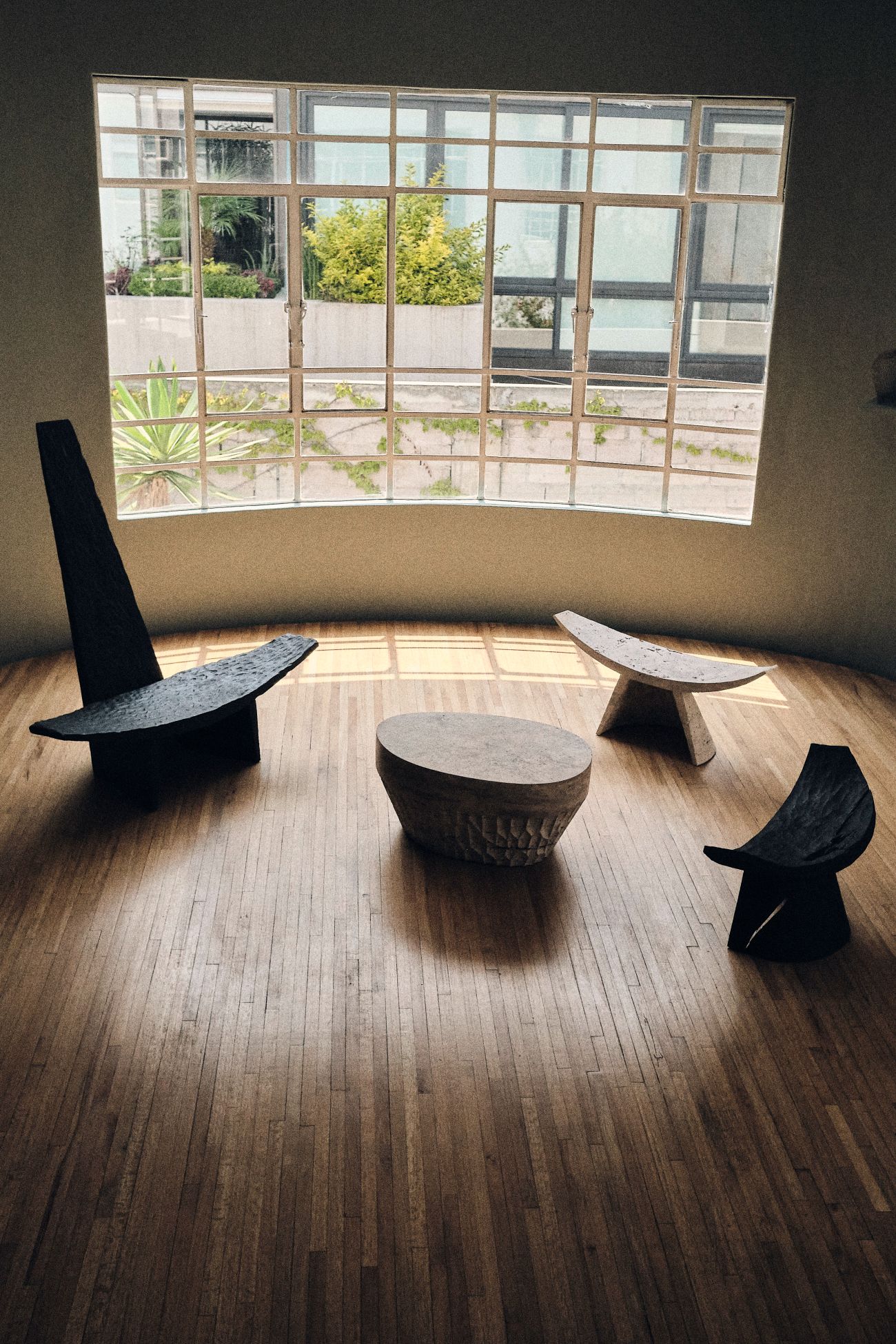
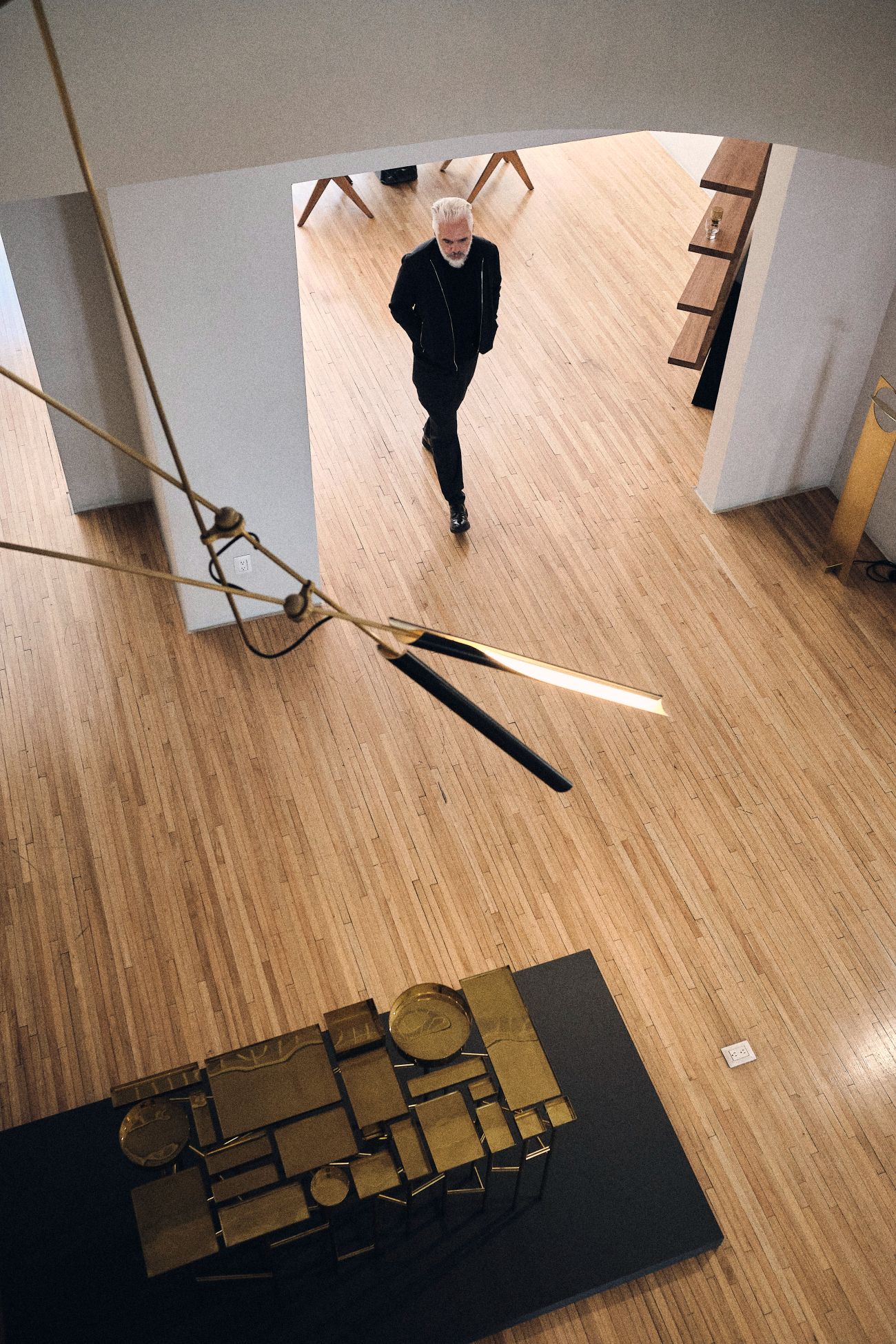
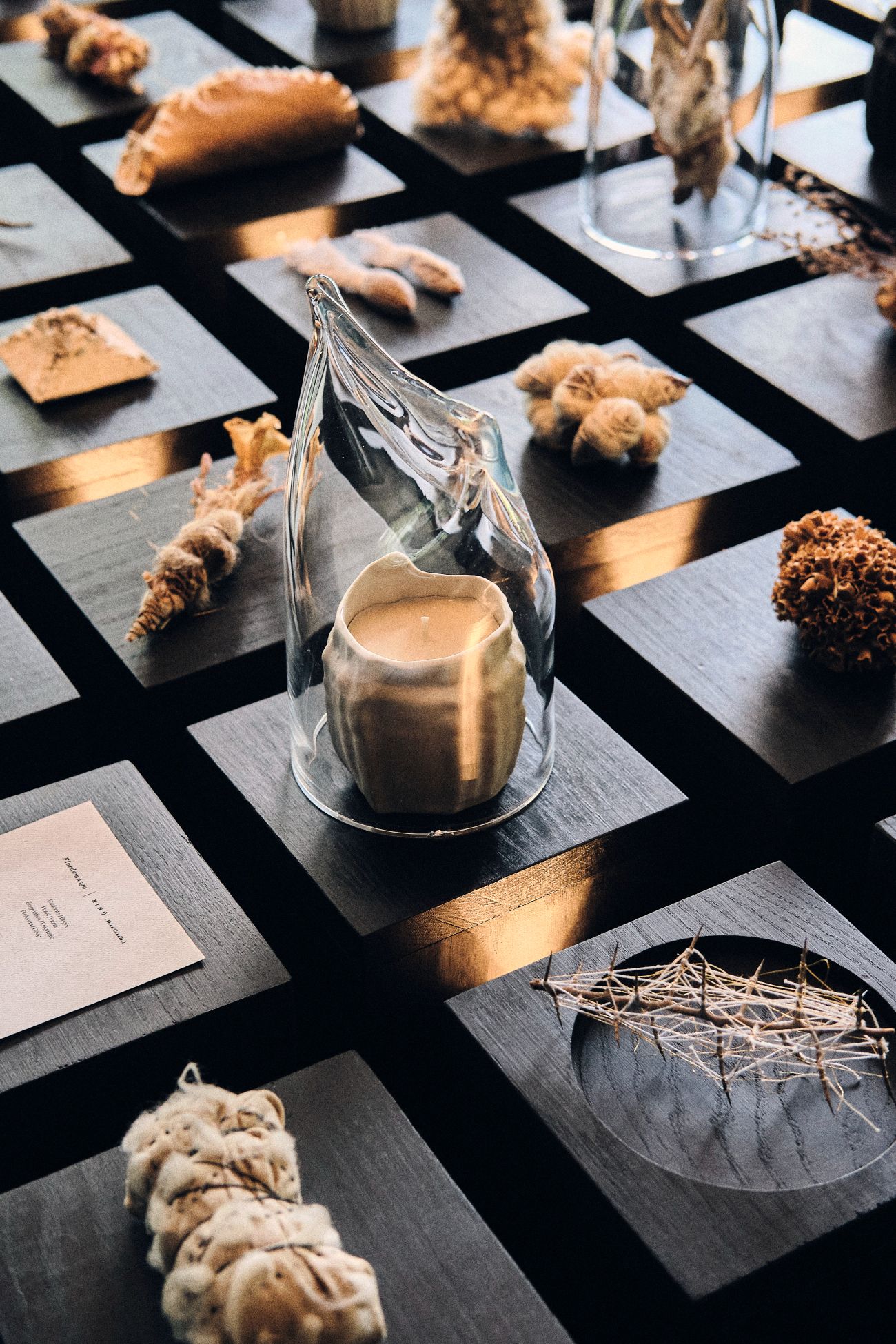
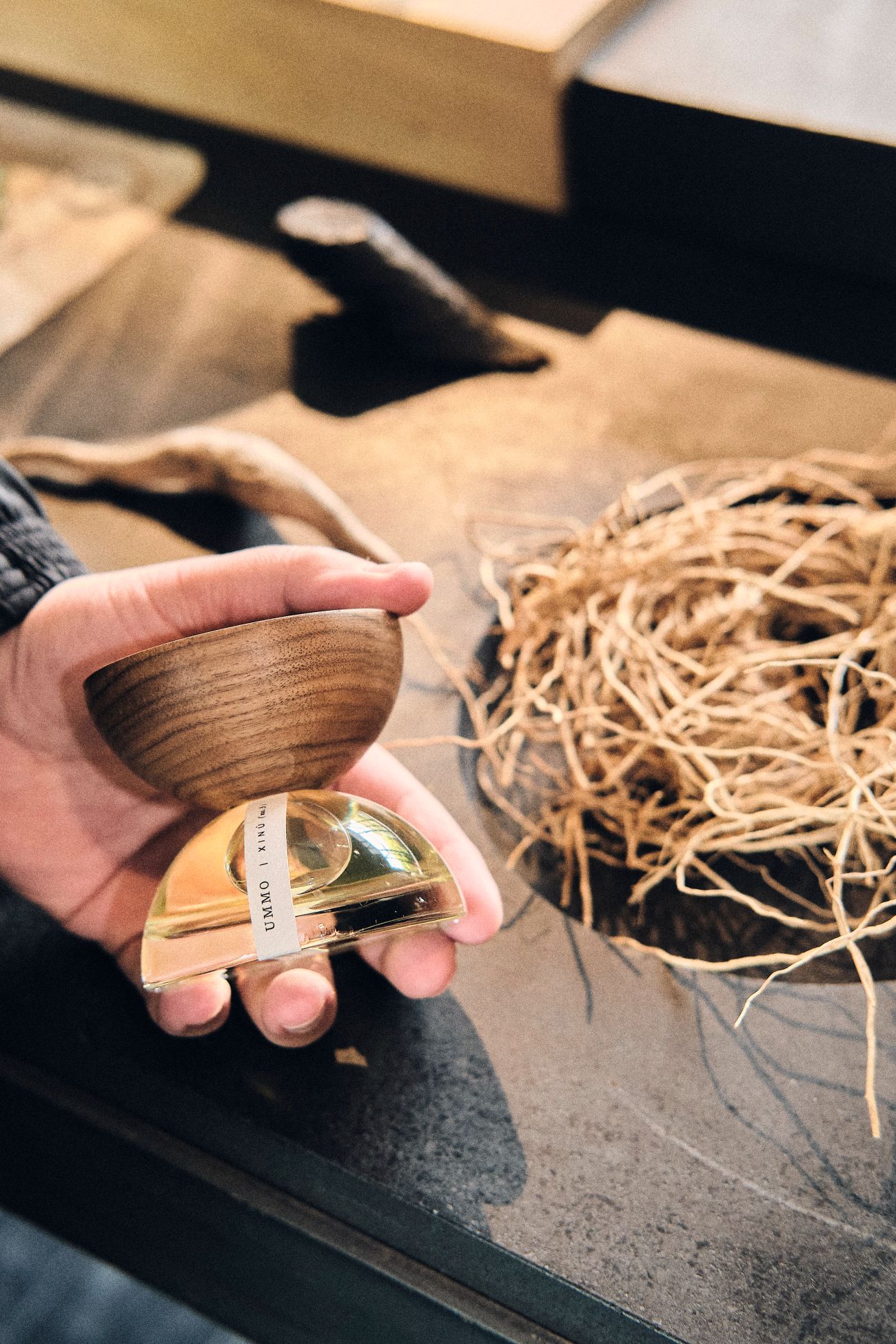
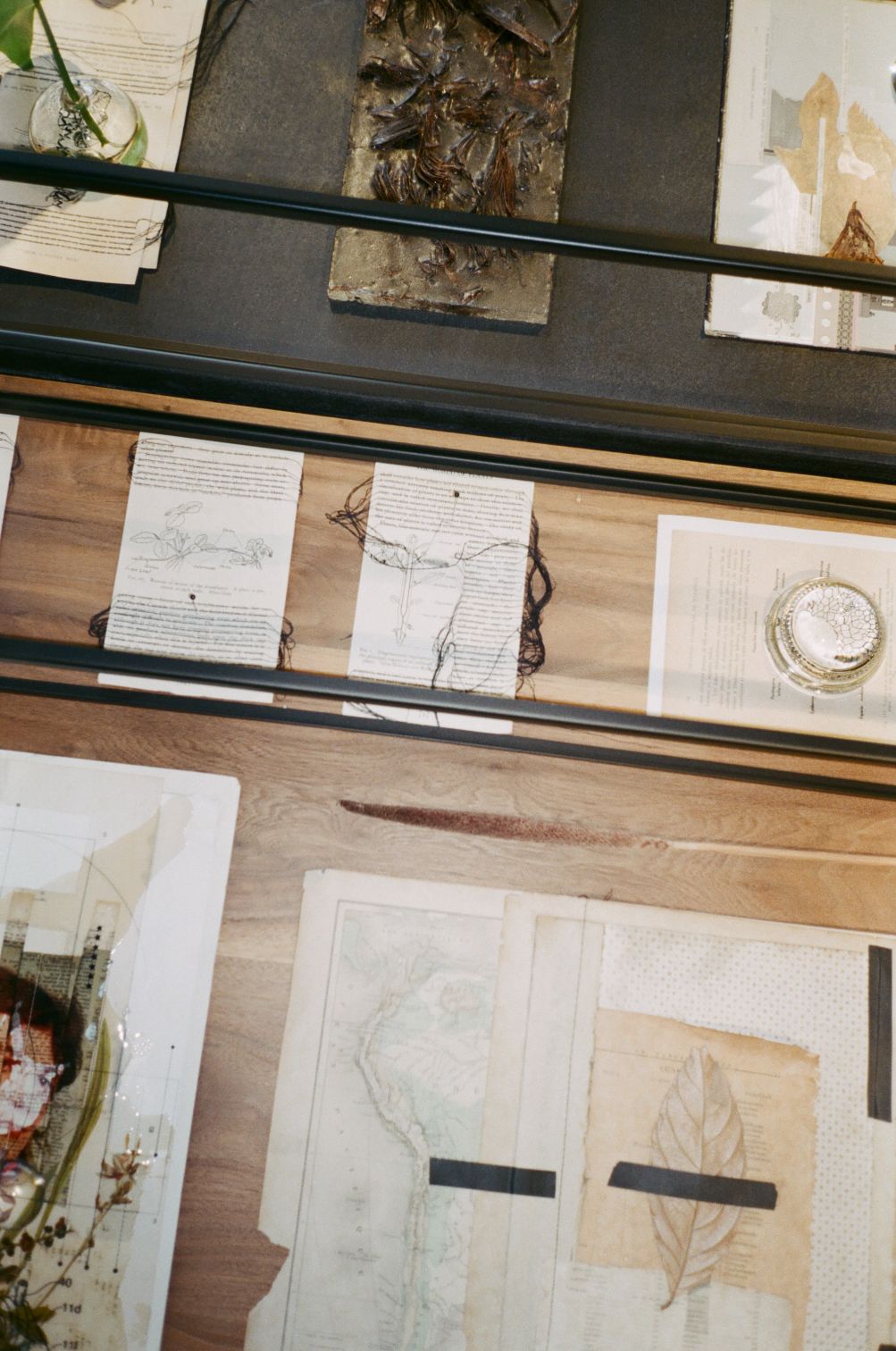
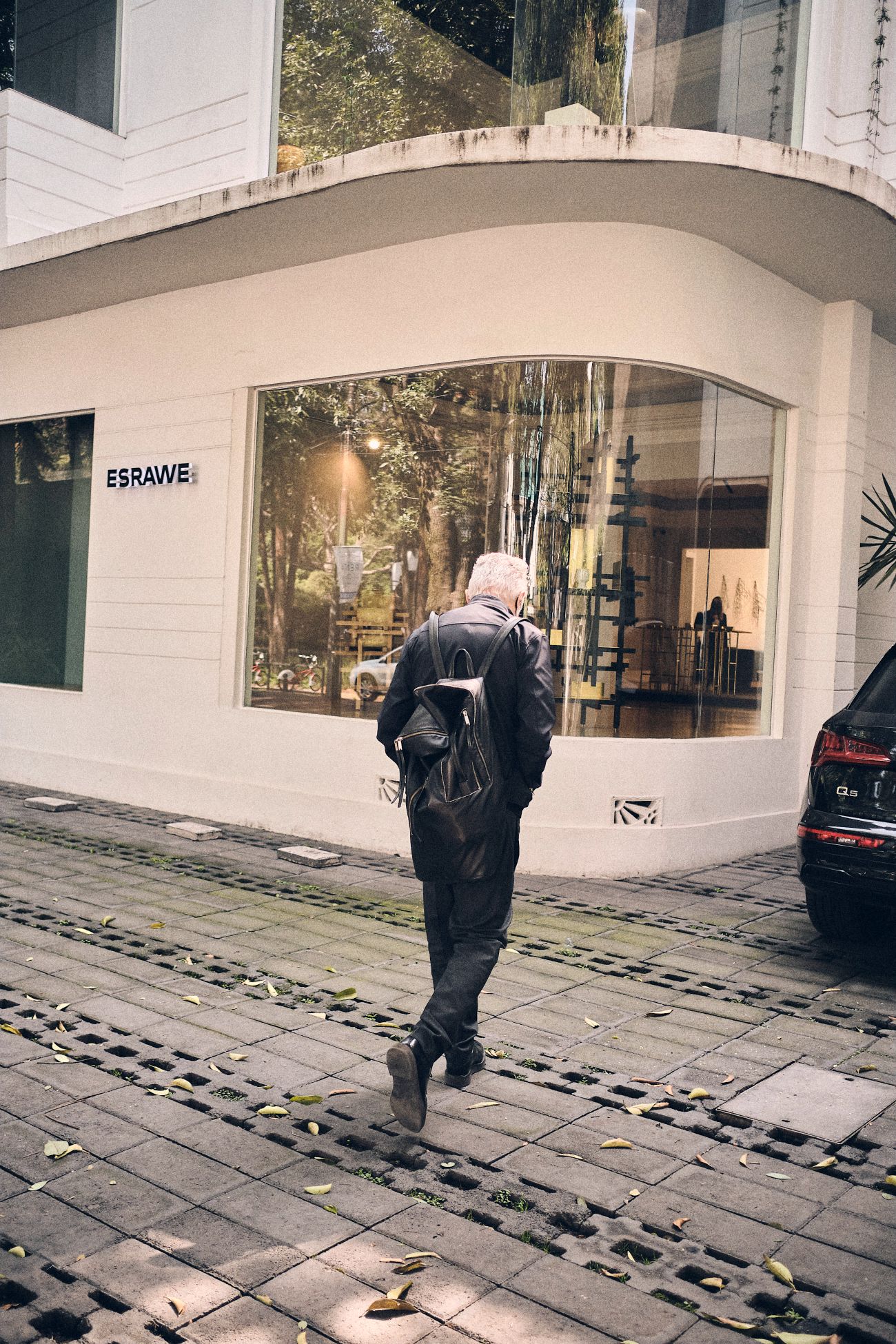
“Mostly it is a close relation with who we are as a culture. The Mexican creative scene started to grow as soon as we understood and took pride with where we came from, when we fully embraced our culture—a culture that has narrative, history and traditions and many skills that were dormant, that are now awakened.”
For further inquiries about Esrawe Studio, contact The Len Co. an agency representing a new generation in design, culture, art, hospitality and architecture.



